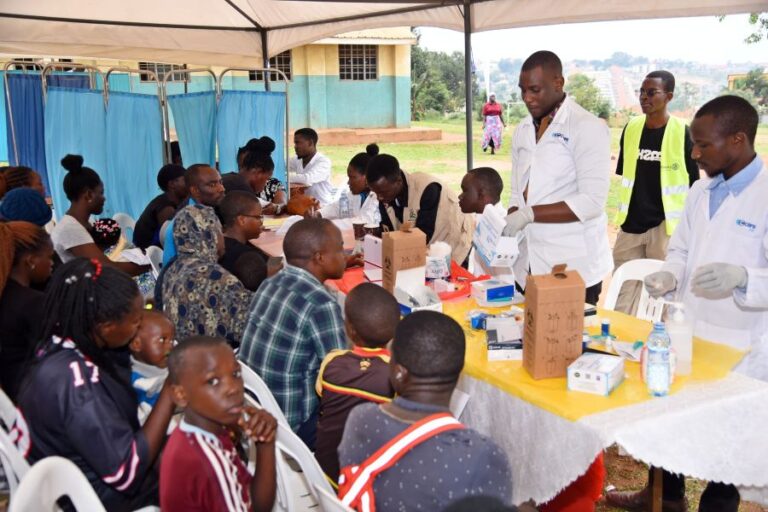Traveling is one of life’s greatest joys—whether travelling for fun, visiting family across the country, or heading abroad. But for the millions of people managing type 2 diabetes, travel can also bring unique challenges. From long journeys to unfamiliar foods, it’s essential to stay on top of your diabetes care even while on the move.
Here are five practical tips for managing type 2 diabetes while traveling
Use Technology to Monitor Your Blood Sugar Levels
If you have access, a Continuous Glucose Monitor (CGM) can be a game-changer for travel. These devices track your blood sugar throughout the day and send real-time updates to your smartphone.
If CGMs aren’t available or affordable, don’t worry—traditional glucometers still do the job. Be sure to pack your glucose meter, lancets, and test strips, and test your sugar levels regularly. Always write down your readings or use a simple tracking app, especially if you’re changing time zones or meals are unpredictable.
Tip: Carry your monitoring tools in your hand luggage to ensure easy access, especially on long matatu or bus trips, flights, or during border crossings.
Always Pack Extra Supplies
Travel delays are common—whether due to heavy rains, car trouble, or unpredictable schedules. That’s why it’s essential to pack extra diabetes supplies, including:
- Extra medication (oral or insulin)
- Test strips
- Backup batteries or charging cables (for glucose meters or insulin pumps)
- Low blood sugar snacks (e.g., glucose tablets, bananas, juice boxes)
It does not matter where you’re heading, always assume delays are possible. Missing a dose due to a bus breakdown or lost luggage can lead to dangerous complications.
Tip: Pack your medications in a cool, dry place and carry a small cooler bag if you’re using insulin.
Stick to Your Medication Schedule—Even When Crossing Time Zones
If your journey takes you across time zones—say, to South Africa, Dubai, or Europe—you’ll need to plan how to take your medication on schedule. Rather than adjusting your dose based on the new local time, space out your doses based on the number of hours between them.
Set alarms on your phone and bring snacks to eat with medication, especially if you’re unsure when your next meal will be served (on a bus or plane, for example).
Tip: Before your trip, talk to your healthcare provider about how to adjust your medication schedule for travel.
Plan Meals—and Keep Emergency Snacks Handy
Traveling means new foods and irregular eating times, which can impact your blood sugar. While Ugandan street food—from Rolex to roasted maize—is delicious, not every meal is diabetes-friendly.
Try to eat balanced meals with protein, vegetables, and complex carbs when possible. When traveling with a tour group or using public transport, meal times may be delayed, so carry snacks like:
- Groundnuts or simsim
- Boiled eggs
- Dried fruit (in small amounts)
- Whole grain crackers
- Juice for low blood sugar emergencies
Tip: Ask when meals will be served and keep glucose-friendly snacks within reach at all times.
Stay Hydrated—Especially in Hot and High-Altitude Areas
Whether you’re on safari in Murchison Falls, climbing the Rwenzori Mountains, or visiting relatives in Arua, staying hydrated is key—especially in Uganda’s hot climate.
People with diabetes are more prone to dehydration, which can affect blood sugar control. Make sure to drink clean, safe water regularly. In places where tap water may not be safe, stick to bottled or boiled water. Also, avoid sugary sodas and energy drinks that can spike your glucose levels.
Tip: Carry a reusable water bottle and refill from trusted sources when traveling.
Travel Smart, Live Fully
A diabetes diagnosis doesn’t mean you have to put your life—or your travel dreams—on hold. With the right preparation and a little flexibility, you can explore Uganda and the world safely and confidently.
Whether you’re hiking through Bwindi, attending a wedding in Soroti, or boarding a plane to Nairobi, remember: you are in control of your health. Pack wisely, plan ahead, and keep moving—your next adventure awaits.
If you have questions about diabetes management, visit your local health centre or speak with a diabetes care provider to build a personalized travel plan.





